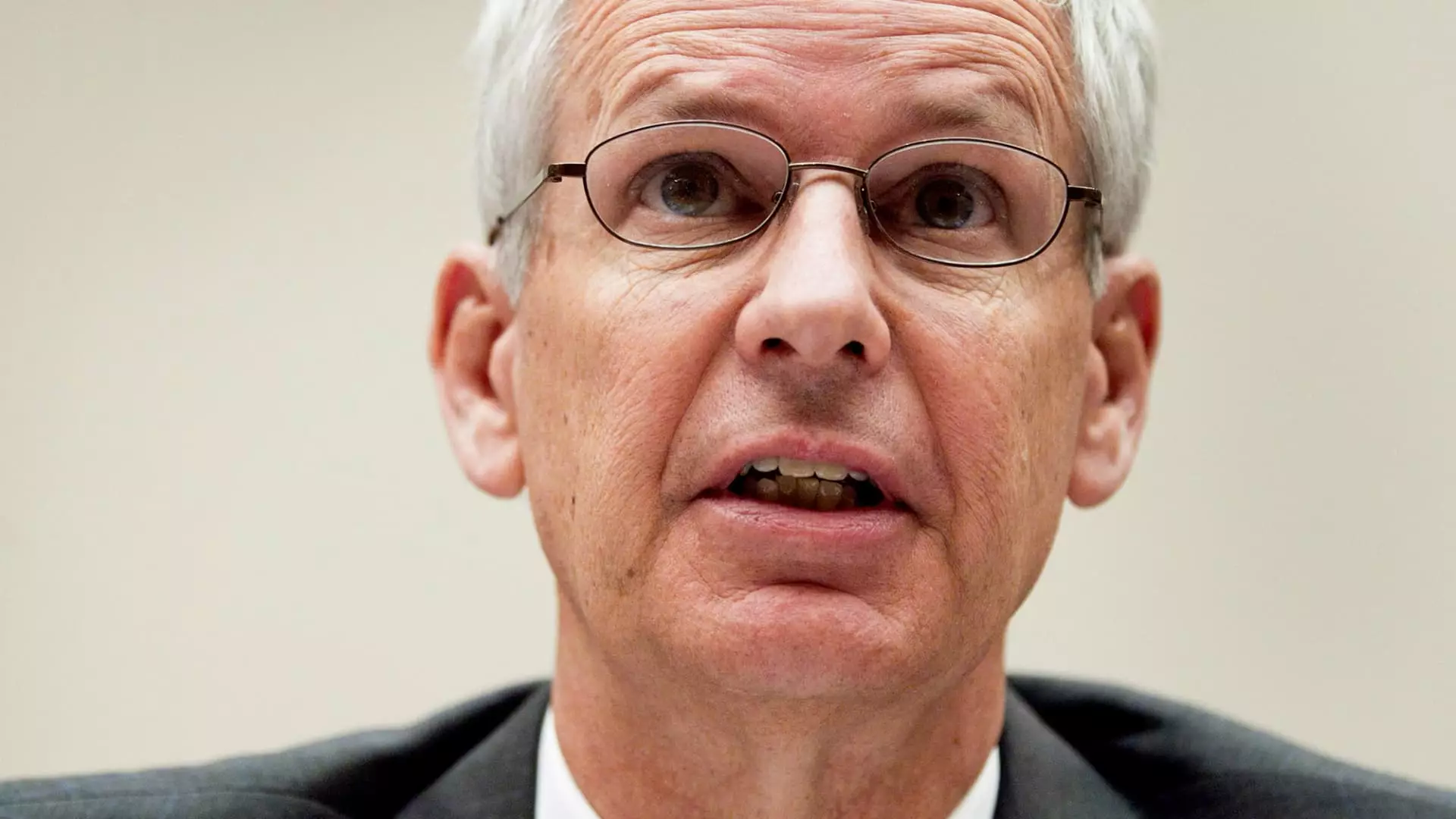The telecommunications realm is rife with stories of triumph and lapse, but Dish Network’s trajectory can be analogized to a sitcom narrative, particularly invoking the overhanging shadow of “Seinfeld.” Much like the famed sitcom, which ended with an anticlimactic finale, Dish’s strategy culminated in a deal that left industry observers disheartened. The recent sale of Dish to DirecTV for a minimal amount echoed the hollow resolution of a beloved series, leading stakeholders to question the relevance and future of traditional pay-TV.
The inception of the “Seinfeld” strategy was articulated by Dish Network’s cofounder, Charlie Ergen, during a 2011 earnings call. He equated the company’s scattered yet frenetic series of initiatives to the storytelling method of “Seinfeld,” where multiple narratives interweave without apparent coherence until the conclusion. This metaphor, though evocative, ultimately foretold a convoluted path that raised more questions than answers regarding the company’s strategic direction. As time progressed, it became evident that the promised culmination—and the eloquence behind Ergen’s vision—was not materializing.
Dish’s fate was sealed with an announcement that shocked investors: EchoStar, Dish’s parent company, sold the business to DirecTV for the price of one dollar alongside an eye-watering $9.75 billion in liabilities. Following this striking declaration, stock shares of EchoStar plummeted over 11%, signaling a loss of confidence and stability. The fundamental shifts within the industry, characterized by a massive exodus of subscribers seeking internet-based programming, presented a formidable challenge for Dish. The harsh truth emerged: traditional pay-TV models were faltering amidst an era laden with streaming choices and high-speed internet options.
Dish and DirecTV’s clientele base has experienced a staggering decline, shedding over 63% of combined video subscribers since 2016. The grim pronouncement by EchoStar’s CEO, Hamid Akhavan, revealing that the content-distribution industry was experiencing rapid deterioration, illustrated the sober realities faced by Dish. In comparison, consider DirecTV’s past. In 2014, a merger was contemplatively discussed, boasting a market cap of $40 billion, contrasting sharply with Dish’s now diminished standing.
The Symphony of Mismanaged Paths
As Dish attempted to navigate through various channels—most notably merging its operations with wireless services and acquiring Boost Mobile in hopes of diversifying its portfolio—the company struggled significantly. The $1.4 billion acquisition had a promising sheen, but without proper partnerships and substantial investments to establish a robust nationwide network, Dish remained ensnared in operational disarray. Akhavan emphasized how dispersing focus across multiple directions produced a managerial distraction, resembling the chaotic narrative threads of “Seinfeld.”
The ultimate fate of Dish Network holds a haunting resemblance to the universally panned finale of “Seinfeld.” Just as the show’s conclusion failed to capture the essence of its character-driven productions, Dish’s anticipated confluence culminated in an unremarkable transaction marked by substantial debt and dwindling viability. The narrative of Dish invites introspection about the future landscape of telecommunications, challenging stakeholders to evolve amid technological advancements.
The juxtaposition of a once-thriving pay-TV model against a brutal information age lays bare the need for adaptation, tenacity, and foresight in corporate strategizing. As the echoes of “Seinfeld” remind us of the ephemeral nature of success, the saga of Dish serves as a cautionary tale that resonates behind the oft-laughable premise of sitcoms—one must navigate change, lest they be left behind in a world that moves forward relentlessly.


Leave a Reply